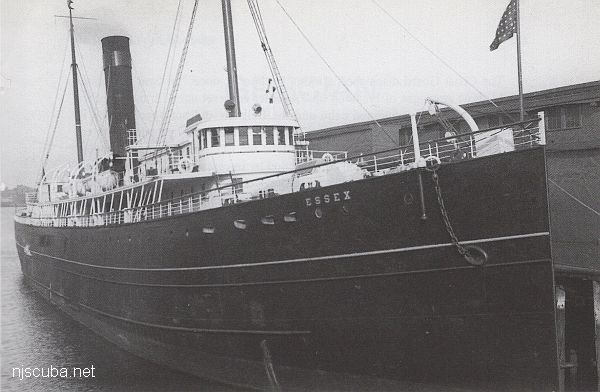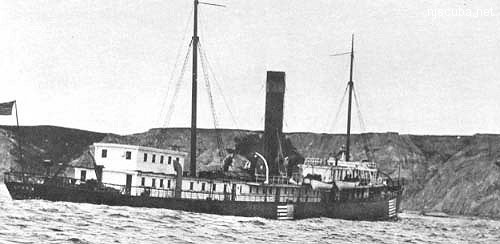Essex

- Type:
- shipwreck, steamer
- Built:
- 1890, Cramp Shipbuilding, Philadelphia PA USA
- Specs:
- ( 272 x 40 ft ) 3018 tons
- Sunk:
- Thursday September 25, 1941
ran aground on Block Island - no casualties - Depth:
- 30 ft

bow, boilers, hull plates & ribs
Notice the American flags painted on the hull. America was still neutral in World War II when the Essex was lost.

Questions or Inquiries?
Just want to say Hello? Sign the .